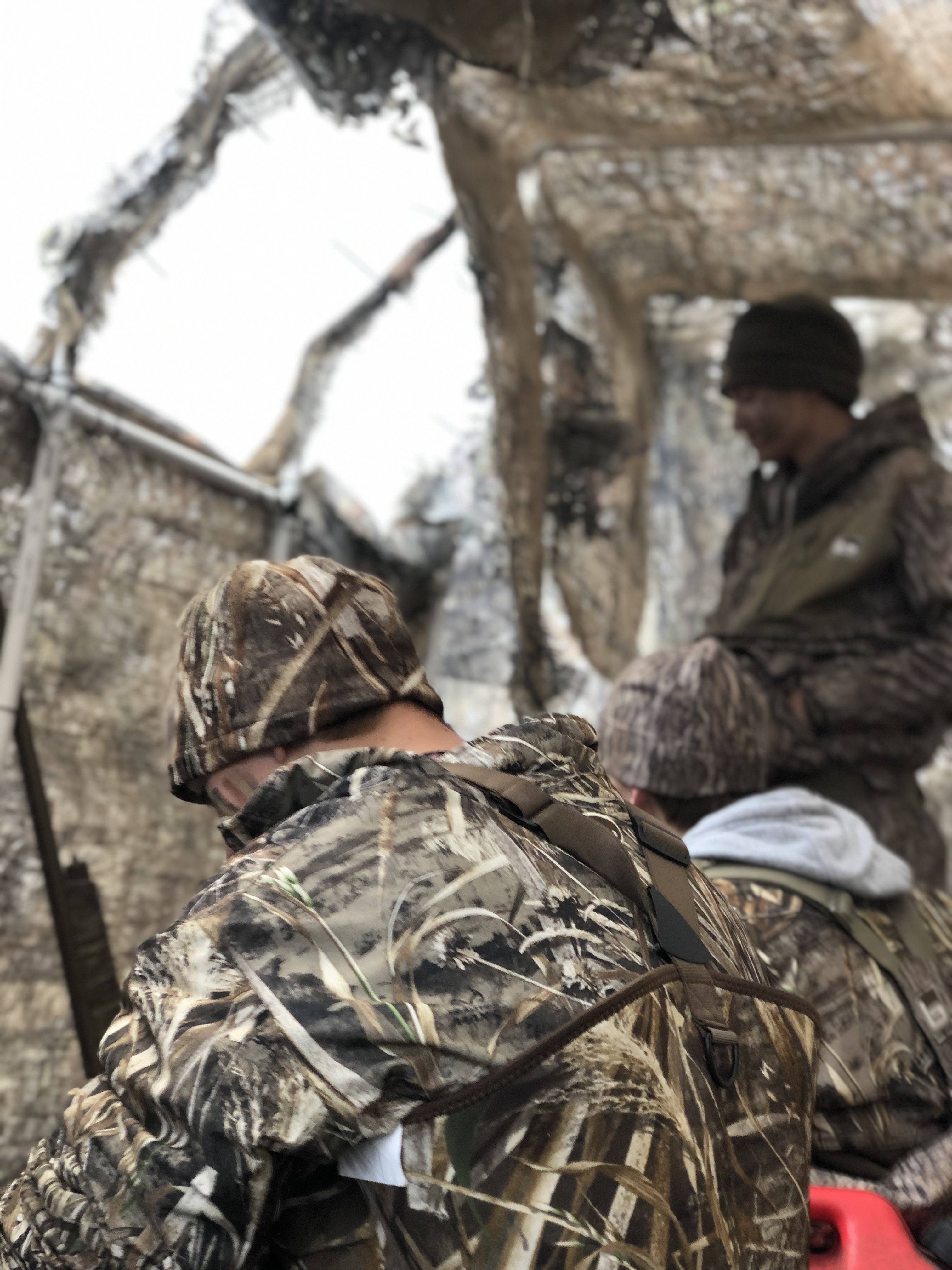We have all done it…sat inside the gun shop before duck season wondering which shot size to choose. Whether you are in a new location, hunting late rather than early, or even changing from 10 gauge to 12 gauge, there are many factors that play into this decision. Hopefully this guide will help you from beginning to end, because one of the least talked about topics in duck hunting when teaching new hunters is this topic, at least in my opinion.
First you need to understand what shot size is. Today we will talk about the most common (in our area) which is 4, 3, 2, 1, BB, & BBB. The higher the number the smaller the shot size. Here is what to remember when starting to understand: there are many more pellets in a 4 shot than a BBB due to the shot size being smaller, so more pellets can fit inside the shell. With this being true a 4 shot is going to have the chance at having several shots on a bird, but they may not be carrying the energy needed to make a clean kill. On the other side of the chart, BBB will give you plenty of energy at distance, but with a fewer amount of shots possibly hitting the bird, since there is less shot in the shell due to the larger size. Make sense? Ok good..

Now that we have a basic understanding you might say “well, just pick the middle then and let’s move on”. Slow down there bubba, that ain’t all!
The next thing you will need to decide is what are going to be the most prevalent birds you will be attempting to hit, while they fly at a million miles an hour away from you, scared to death because of your boom stick.
If you are hunting smaller birds primarily, such as teals, gadwalls, wood ducks, wigeons, or scaups (to name a few), you are going to have better odds with a higher shot size, most commonly 3 or 4.
If you are hoping to take larger ducks like mallards & canvasbacks, then you need to be using 1 or 2 shot.
If you are hoping to bring some of the all illusive geese into your blind then you will want 1 shot, BB, or BBB. BBB is obviously a great option for geese, however you are going to have to be dead on to make a clean kill, and it might damage more meat than you want it to, especially depending on distance.
Now if you are in your local WMA shooting everything that has wings at 100+ yards, then none of this matters, you are going to miss every time, please stop.
All this being said, you still have many other options that I will be addressing in future posts, such as 10 vs. 12 vs. 20 (and maybe even a .410), what gun is best, and what choke to use. Until then, make sure you are helping yourself as much as possible with your shot size selection and go get you some ducks!

Written by Luke Williams
I love anything to do with the outdoors, from hunting to riding mountain bikes. I have spent many years working in the media, in companies ranging from Miss Universe to ESPN to most recently Rated Red. I now help oversee the marketing for Dickson Sportsman Store, while continuing to further myself as an outdoorsman. Proud Husband, Dad, Dickson County Sheriff Reserve, Tennessee City Volunteer Firefighter, and leader with the Civilian Crisis Response Team. Follow me at @outdoorsbyluke


Recent Comments